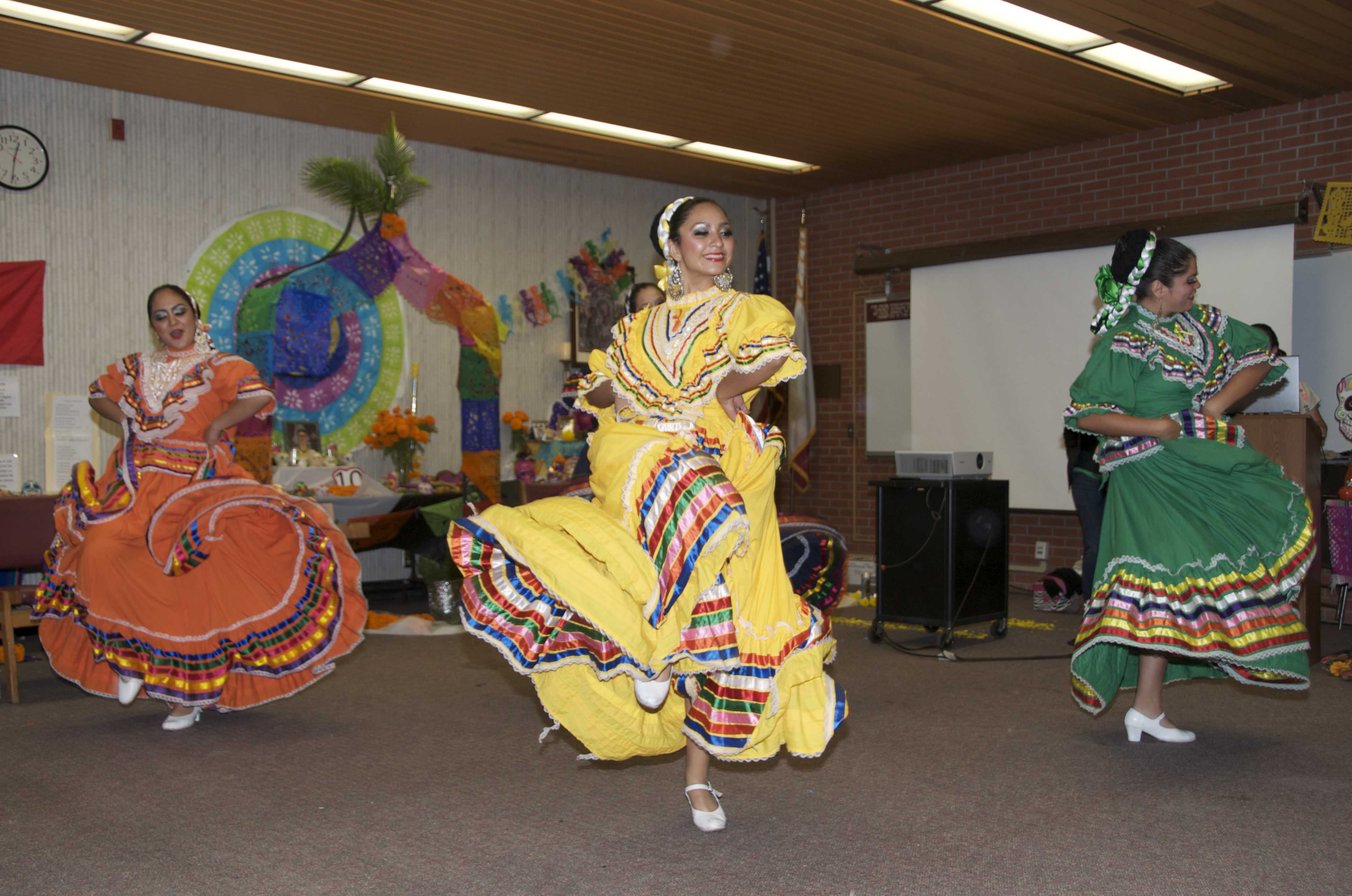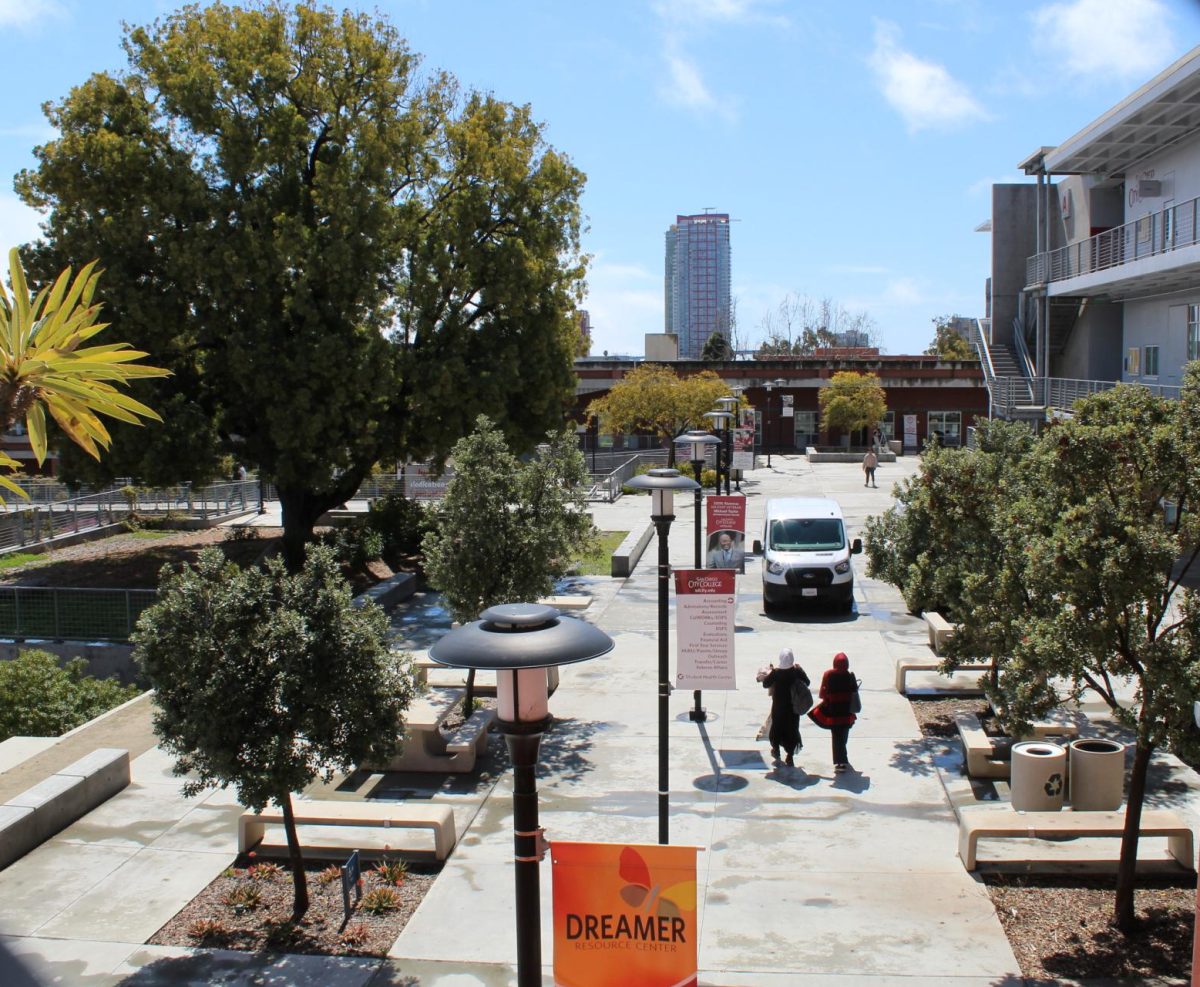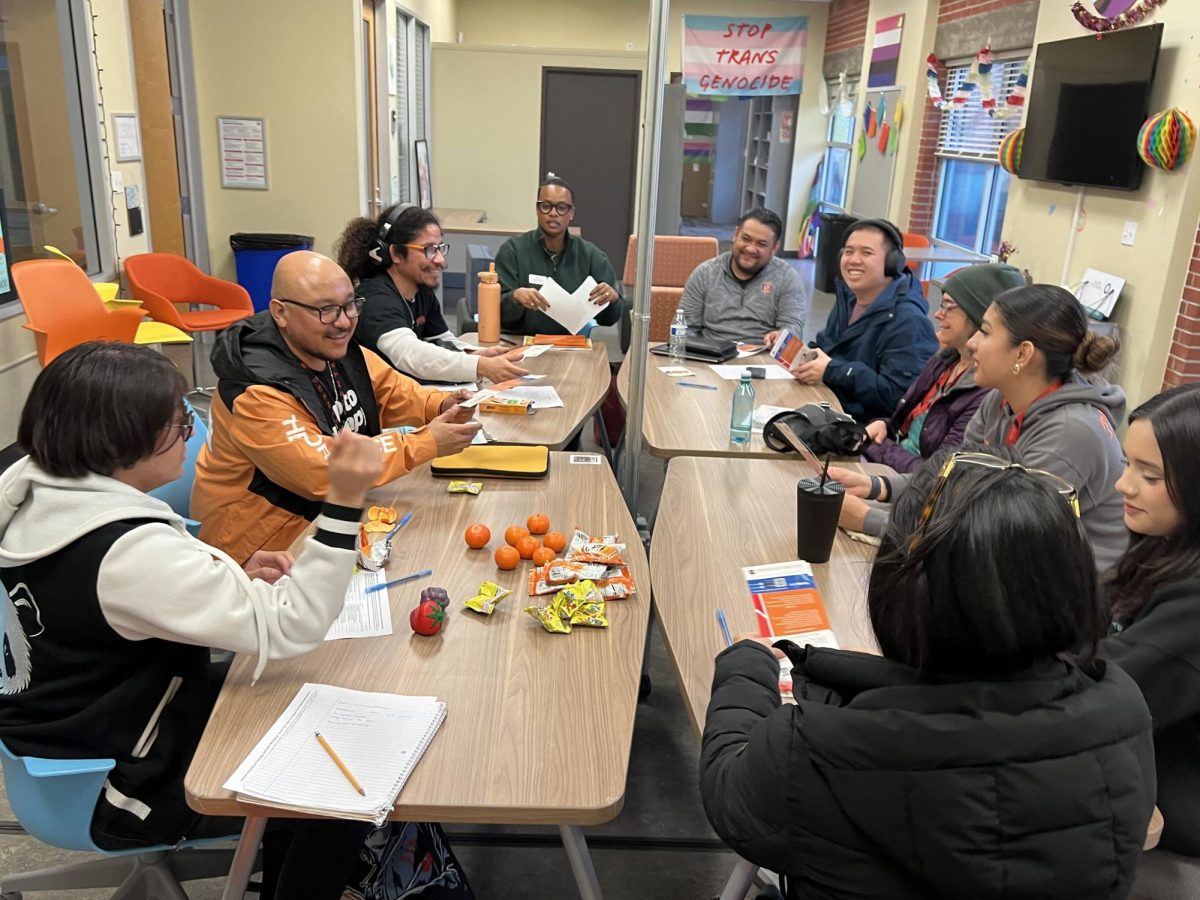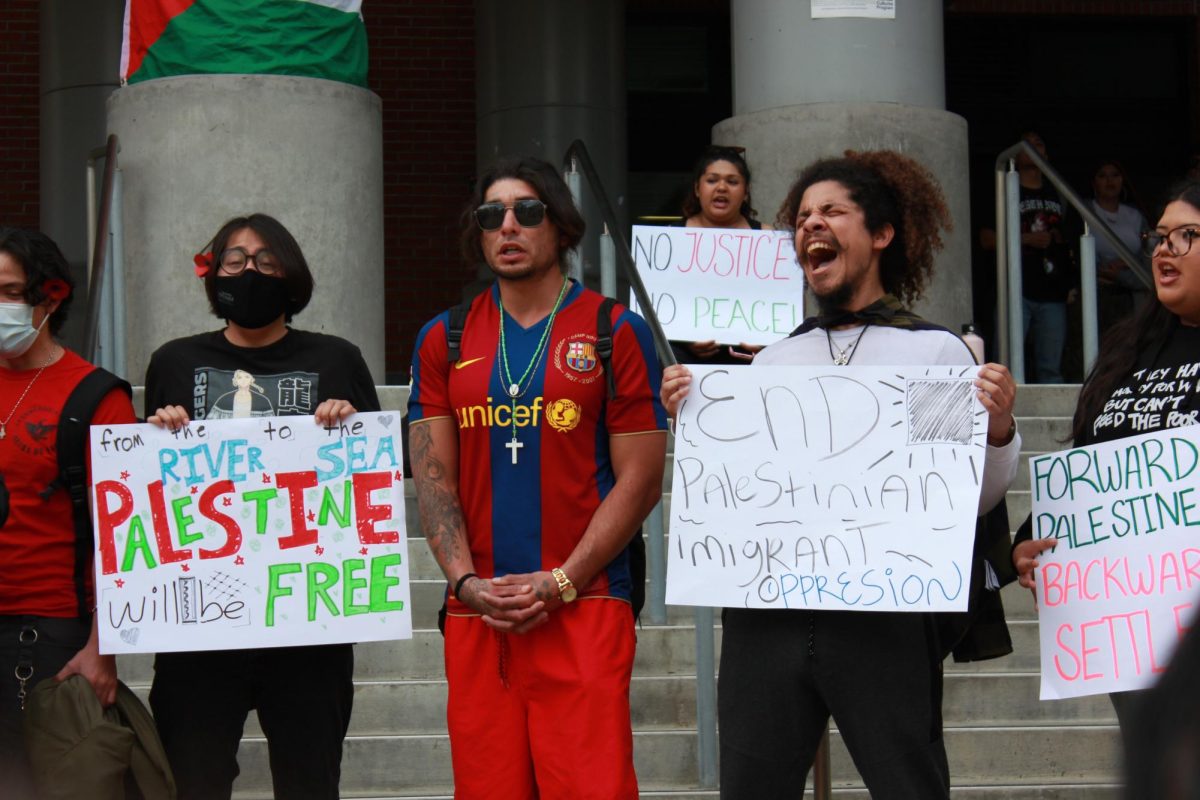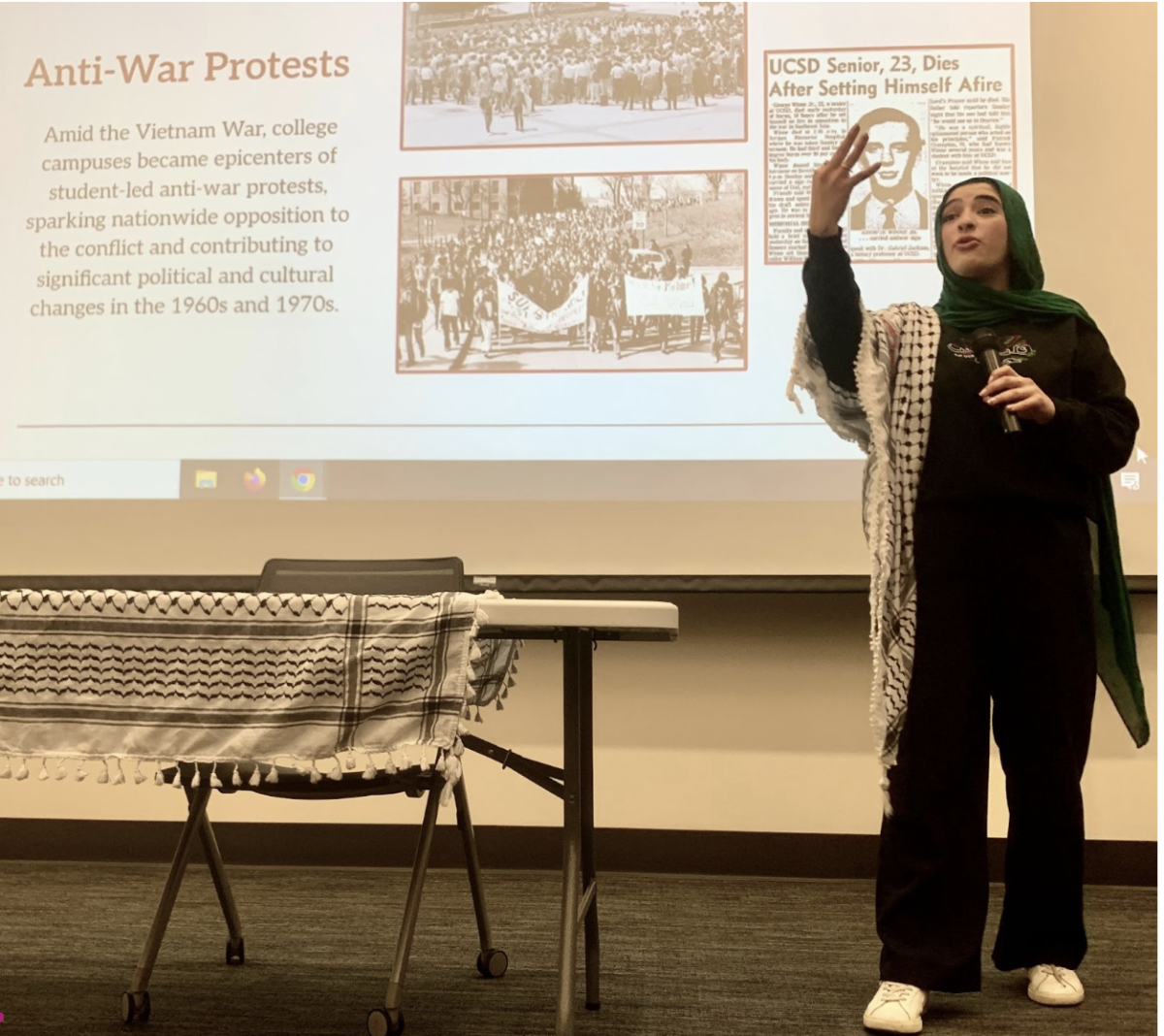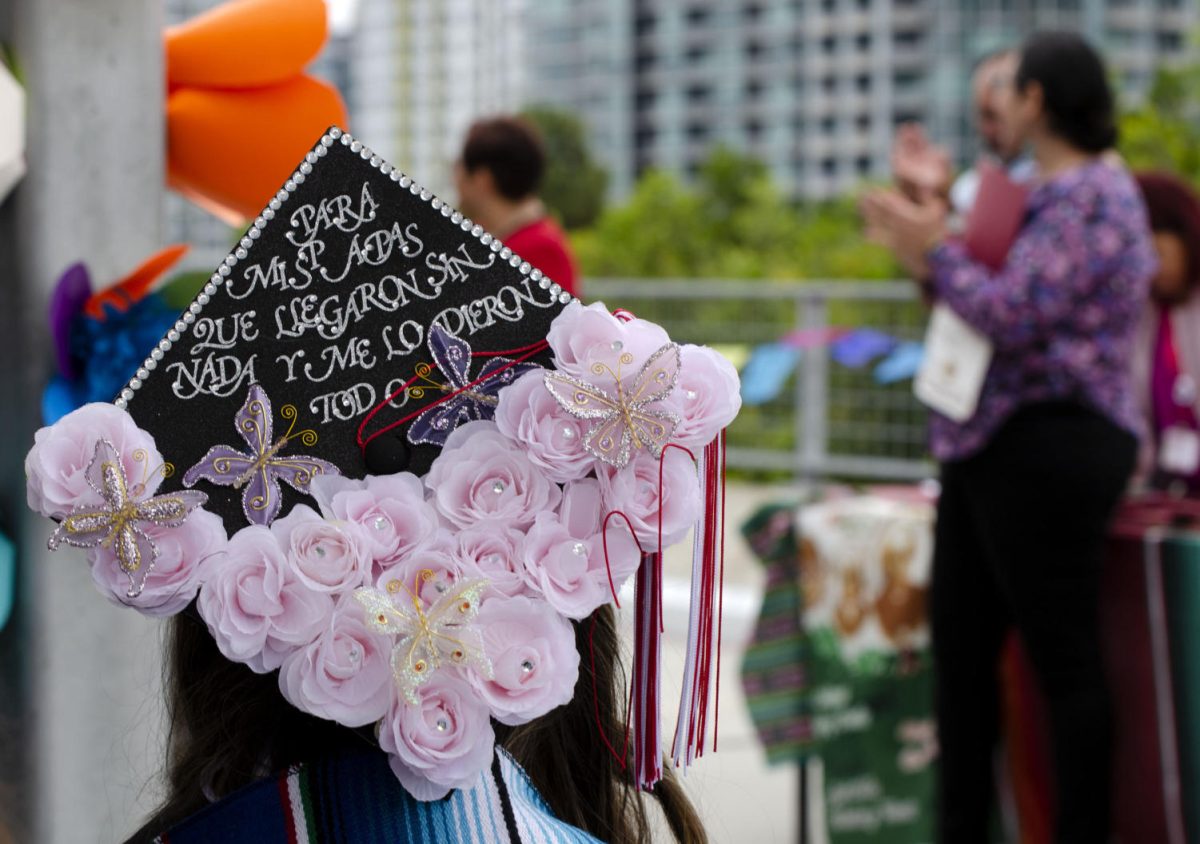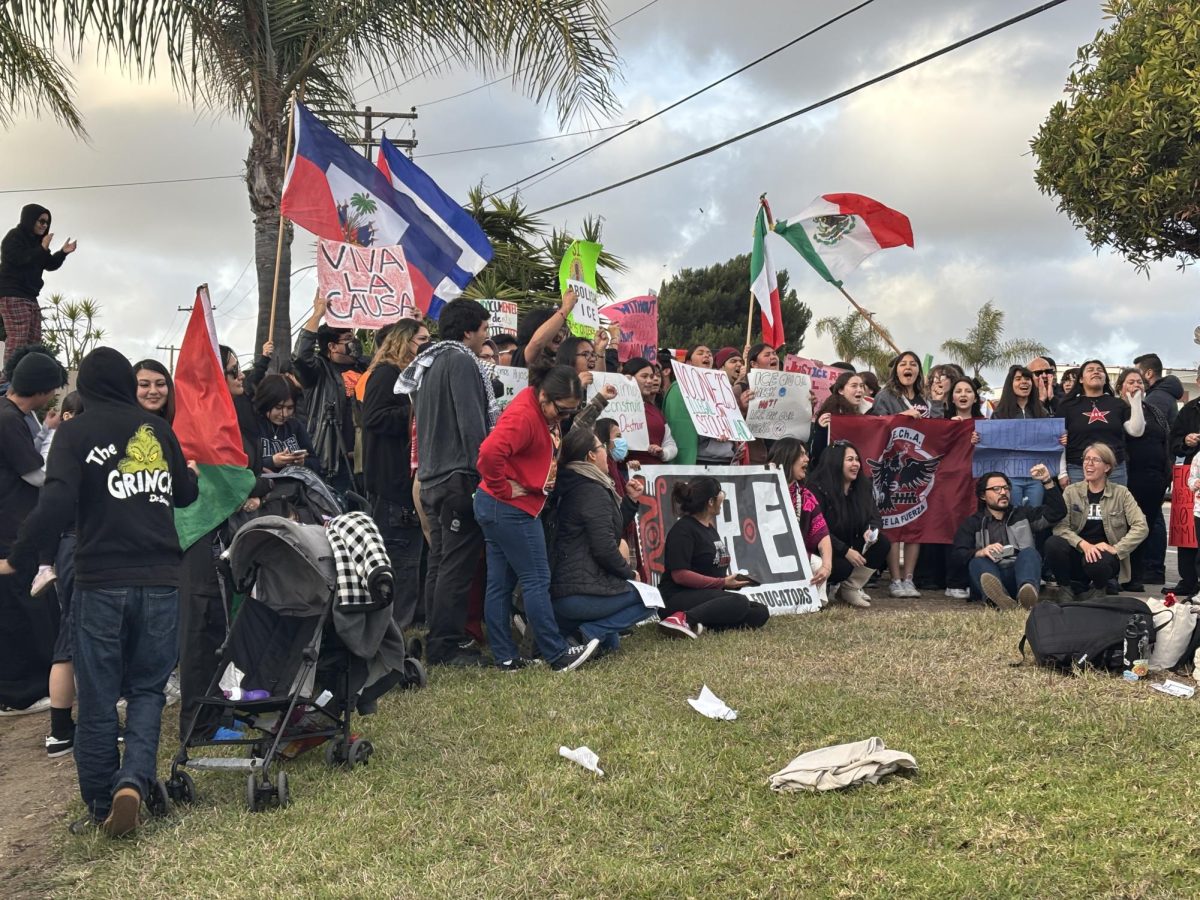El Día de Los Muertos, or the Day of the Dead event, held in the faculty lounge at City College on Nov. 1, drew in about 300 students and visitors who took part in the celebration and rituals of the cultural tradition.
Maria Adame, a Spanish professor at City College, helped coordinate the festivities.
“This
day is very special to me and my culture. It is a day to remember our
beloved ones and to honor them. We share these moments with the living
and the dead,” Adame said.
El Día de Los Muertos is a holiday traditionally celebrated in Mexico, but has also been adopted in other parts of the world. It is a time in which families and
friends to come together to honor their loved ones who have passed. Rituals for honoring the dead have been practiced from as far back as 2,500 – 3,000
years ago, and many are still practiced today.
Nov.
2 is the official date for the celebration of the dead. People visit cemeteries,
make altars for their loved ones, make gifts like coffins and skeleton
puppets to offer the dead, bake a special bread called “pan de muerto,” or write short satirical poems called “calaveras.” Plans for this day are
made throughout the year, in preparation of the goods to be offered to
the dead.
The Day of the Dead event had a variety of fun activities, with the levels of difficulty ranging from
beginner to advance. Other activities included face painting, lotería (bingo), flower
making, skull painting, and much more. All the items, such as the skulls used for
painting or the flowers were for guests to keep.
Several Spanish classes on campus participated in making their own
altar, with many of them adorned with gifts, bread,
colorful decorations, and pictures of loved ones that have passed.
One memorable altar had a picture of Diana Gonzalez, the victim
that was killed on campus in 2010, which attracted many people who came and stood by her altar to
honor her death and remember her life.
A contest was held in which everyone could vote on their favorite altars, with the best one receiving a prize, and 17 altars to choose from. Some of these altars had free bread and candy for the guests.
Students
from Hilltop High School came to perform traditional dances from
different parts of Mexico. Students represented the cities of Jalisco and Veracruz, and were all dressed up in costume, just like traditional dancers in Mexico. Lots of energy and charisma was incorporated into
the dances, and accurately portrayed the traditional choreography of those Mexican cities.

